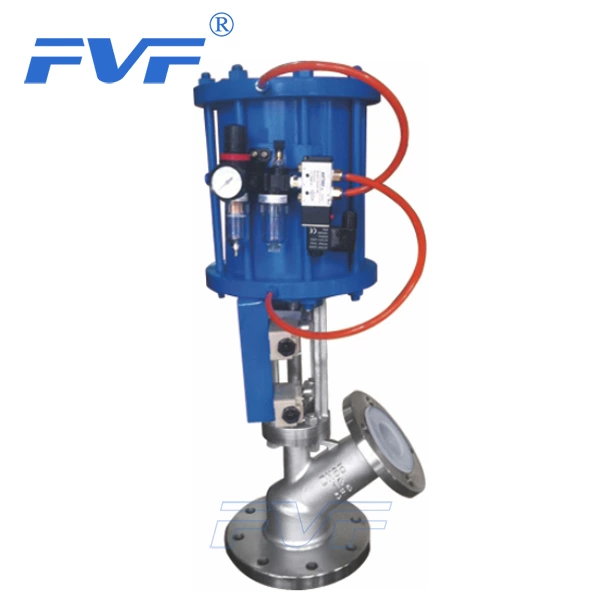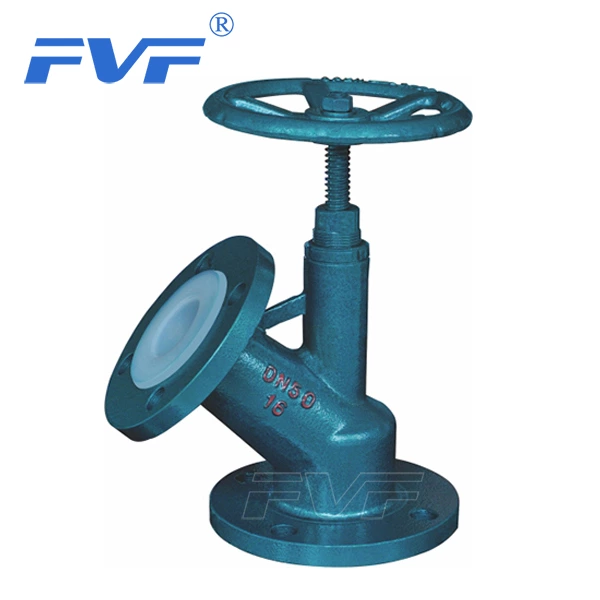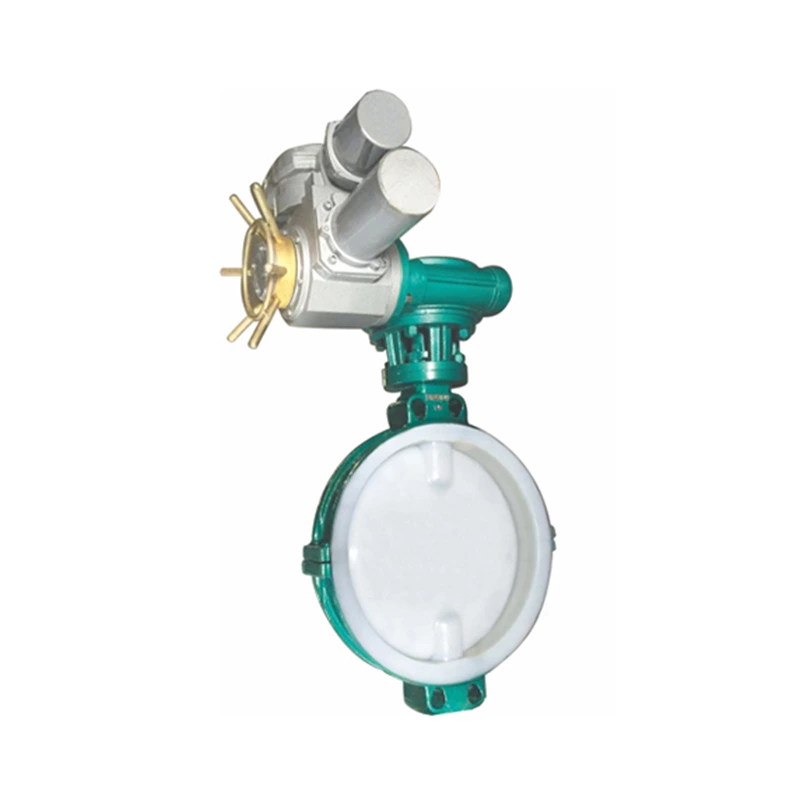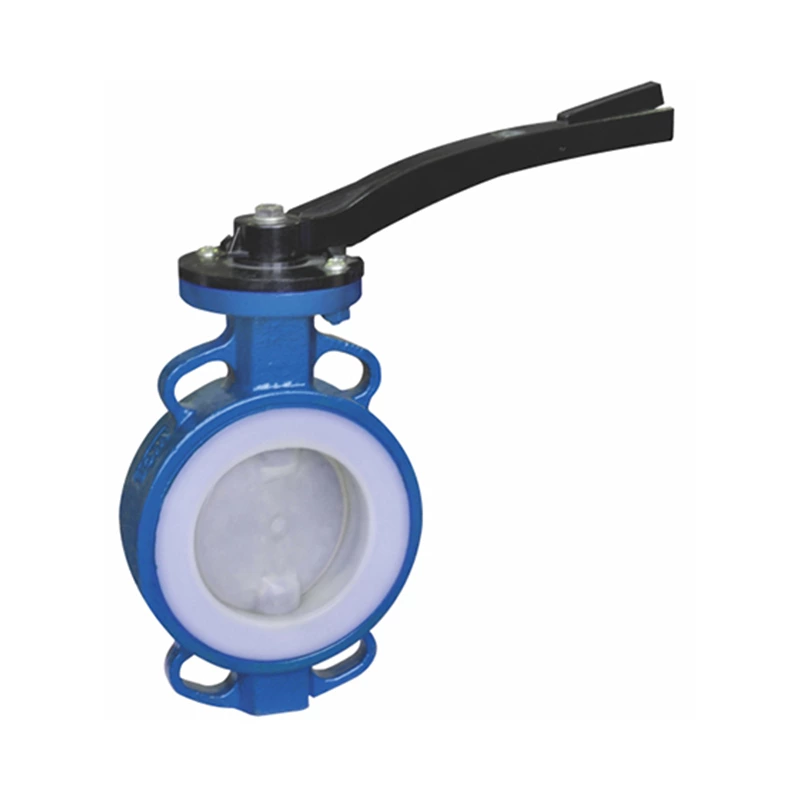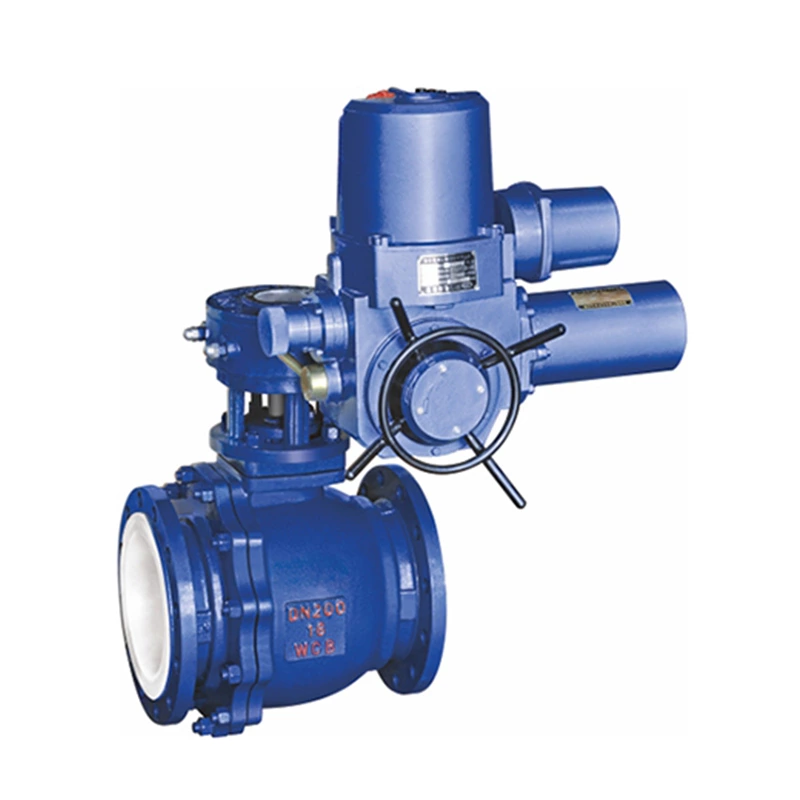Metal Surface Treatment Of Valves
Metal surface treatment
(1) Joints of Lined Valve
Valve connection threads are usually treated with galvanizing, chrome plating, oxidation (blueing), etc. to enhance their resistance to atmospheric and medium corrosion. In addition, other fasteners will also be treated with phosphating and other surface treatments as needed.
(2) Closing surfaces and small-diameter closing parts
Nitriding, boronizing and other surface treatment processes are usually used to enhance their corrosion resistance and wear resistance. For valve flaps made of 38CrMoAlA, the thickness of the nitriding layer is ≥0.4 mm.
(3) Anti-corrosion measures for valve stems
Use a variety of surface treatment technologies such as nitriding, boronizing, chrome plating, and nickel plating to enhance their corrosion resistance, corrosion resistance, and wear resistance.
Different valve stem materials and working environments require different surface treatment methods. For valve stems that are exposed to the atmosphere, water vapor, and asbestos packing media, hard chrome plating and gas nitriding processes can be used for treatment (ion nitriding process is not suitable for stainless steel).
In an atmosphere containing hydrogen sulfide, if the valve is electroplated with high-phosphorus nickel coating, it can provide good protection performance; 38CrMoAlA material can also resist corrosion after ion and gas nitriding, but it is not suitable for hard chrome plating; 2Cr13 material can resist ammonia corrosion after tempering, and carbon steel treated with gas nitriding can also resist ammonia corrosion, while all phosphorus-containing nickel coatings are not resistant to ammonia corrosion; 38CrMoAlA material treated with gas nitriding has strong corrosion resistance and comprehensive performance, so it is the most popular choice for making valve stems. (4) The valve body and handle are small in size
Frequently chrome plating is performed to improve the corrosion resistance and decorative effect of the valve.
